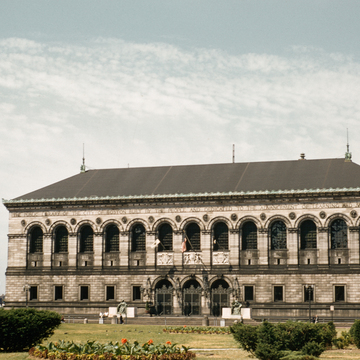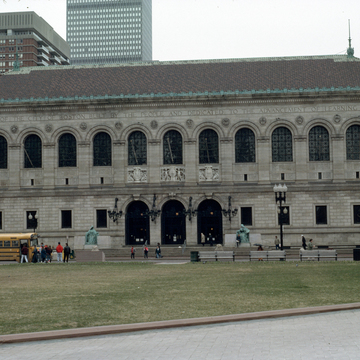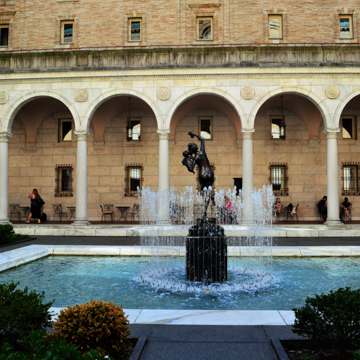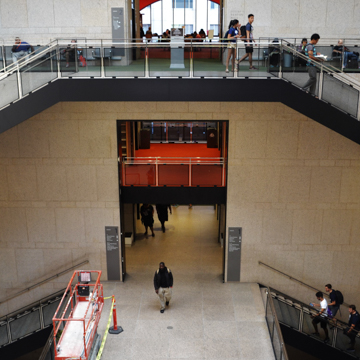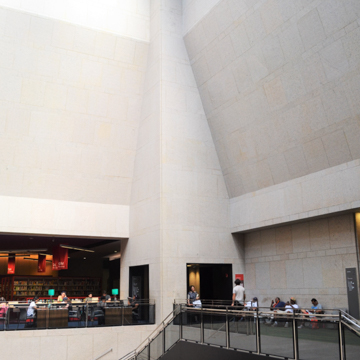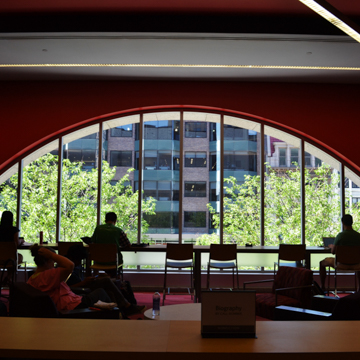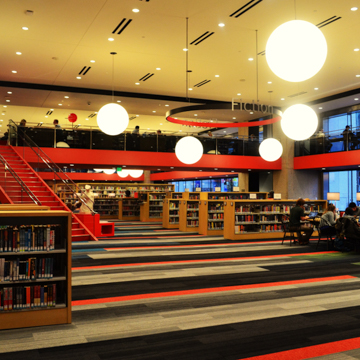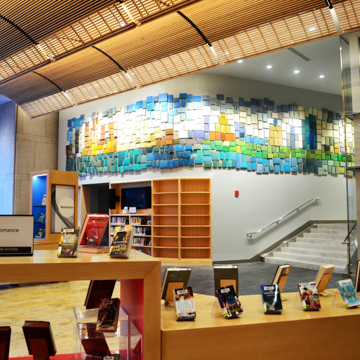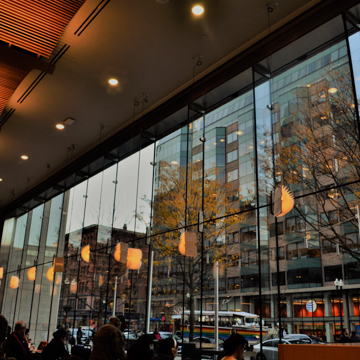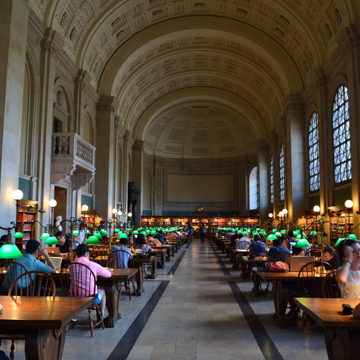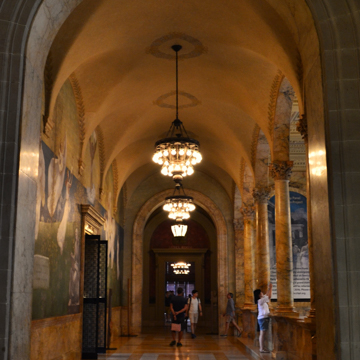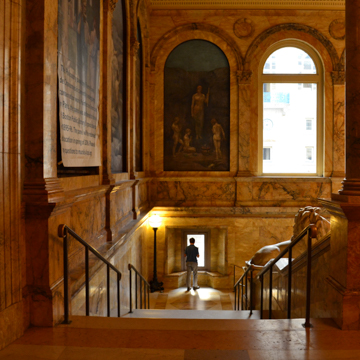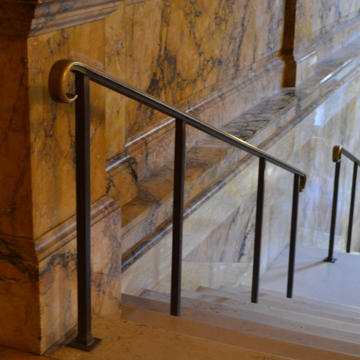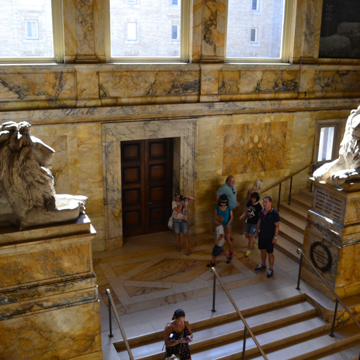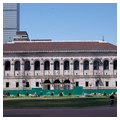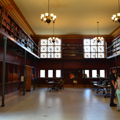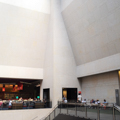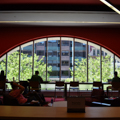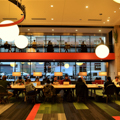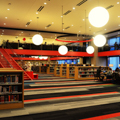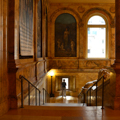A paradigmatic example of the American Renaissance, no more handsome building of the Beaux-Arts exists in Boston than the Boston Public Library, founded in 1852 as the first free municipal library in the United States. The present building stands on a prominent site facing Trinity Church, Boston (BB37) across Copley Square. A rectangular solid with a court in the middle, the library has eclectic sources—Henri Labrouste's Bibliothèque St. Geneviève in Paris and Italian Renaissance precedents.
From the broad platform to the triple arched entrance, flanked by Bela Pratt's grand bronze statues representing personifications of Science and Art, one ascends to the bronze portals by Daniel Chester French that flank the central entrance with its wrought-iron lanterns. Above, three marble seals sculpted by Augustus Saint-Gaudens represent the commonwealth, the Boston Public Library, and the city of Boston. Most moving are the letters in the center seal proclaiming, “Free to All.” That words form the principal contents of the library is reinforced by the names carved into the panels on the Copley Square facade, representing the great contributors to world culture as conceived in the late nineteenth century. This book of stone on the exterior becomes a veritable “palace for the people” on the interior.
Like the exterior, the interior may be
Philip Johnson's wing was contextual before the concept was popularized. Respecting the cornice, material, and roofline of the McKim building, Johnson's composition is based on its own inner geometric logic. Its grand external arches hardly do justice to the sophisticated complexity of the addition's structural system. A large cube divided into nine square parts, its center forms a grand entrance hall. Staircases with metal rails border a space too vast, one in which the void is too pronounced, even when occupied by temporary exhibits. Beyond are open stacks, facilities for children, and programs open to the public in the below-ground auditorium. These make the addition the favored and frequented part, more heavily used






















